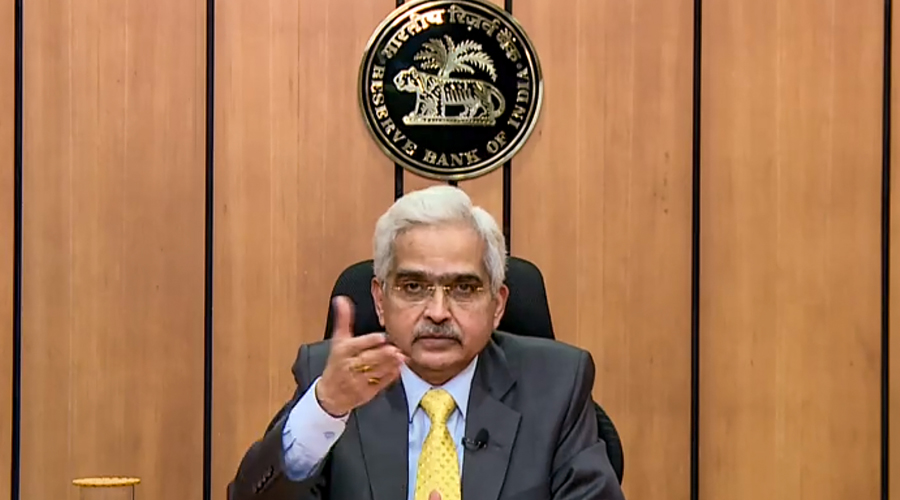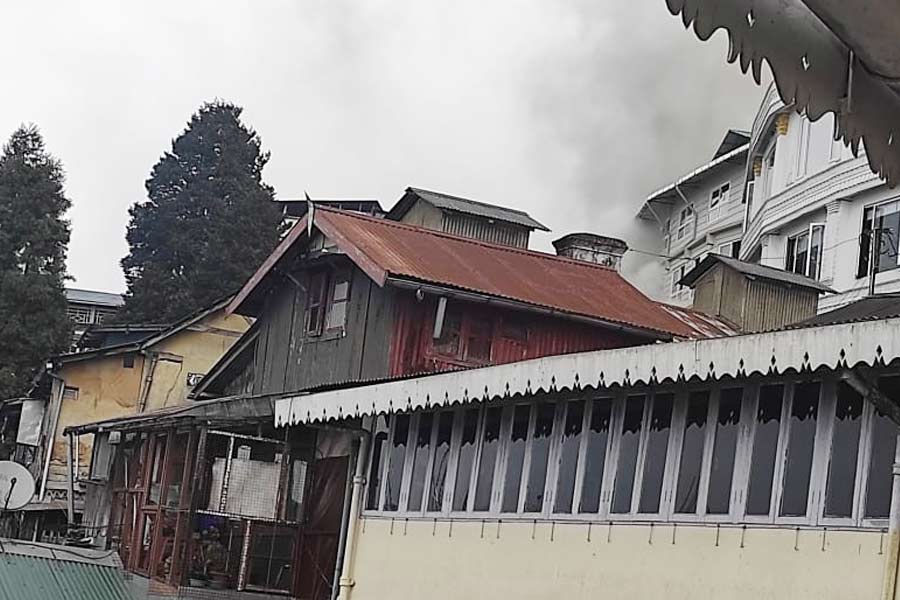The Reserve Bank of India has extended its tough, prompt corrective action (PCA) framework to non-banking finance companies that fail to meet prudential performance thresholds.
The PCA framework, which places restrictions on the scope of operations of a faltering entity until it is nursed back to health, kicks in whenever any commercial bank stumbles.
In the case of NBFCs, it will apply to all deposit-taking non-banks and non-deposit taking NBFCs that figure in the middle, upper and top tiers of the scale-based regulations that were announced in October.
The NBFCs that do not accept, or do not intend to accept, public funds, government companies, primary dealers and housing finance companies will be kept out of the ambit of this regulatory framework.
The PCA framework for the so-called shadow banks will come into effect from October 1, 2022 based on the financial position of NBFCs on or after March 31 next year.
Sources said the limited application of the PCA framework means that a “significant number” of the more than 10,000 NBFCs will be left out.
In a notification issued on Tuesday, the RBI said the objective of the PCA framework, which was introduced for banks in 2002, is to enable supervisory intervention at an appropriate time and requires the supervised entity to initiate and implement remedial measures in a timely manner to restore their financial health.
The banking regulator added that NBFCs have been growing in size and have substantial inter-connectedness with other segments of the financial system. It has, therefore, been decided to put in place a PCA framework and deploy rule-based supervisory tools for the larger shadow banks.
The RBI has set three indicators for deposit taking and non-deposit taking NBFCs which include capital adequacy ratio, Tier 1 capital ratio and net non-performing assets (NPAs) ratio. There are also three risk thresholds.
The first alarm will be triggered if their capital-to-risk (weighted) assets ratio (CRAR) falls 300 basis points below the minimum requirement of 15 per cent.
The second threshold will apply when the CRAR falls more than 300 basis points, but less than 600 basis points from the minimum requirement. The third threshold applies when the CRAR plunges by more than 600 basis points.
Similarly, the PCA regime will be triggered if the Tier 1 capital ratio falls 200 basis points below the regulatory minimum (10 per cent).
The second threshold will apply when the ratio falls by more than 200 basis points and up to 400 basis points; and the final threshold will be more than 400 basis points.
If the net non-performing assets (NPAs, or bad loans) of an NBFC rises above 6 per cent but is below 9 per cent, it will fall under the first risk threshold. The other two categories in terms of asset quality is net NPAs rising above 9 per cent but under 12 per cent, and over 12 per cent respectively.
As regards core investment companies (CICs), the RBI will look at the parameter of adjusted net worth to aggregate risk weighted assets (ANW/RWA-as per current rules they should be at least 30 per cent), leverage ratio and net NPA ratio.
For the ANW/RWA metric, the three risk thresholds are 600 basis points below the regulatory minimum, 600-1200 basis and above 1200 basis points below the regulatory minimum.
The first leverage risk threshold will be breached when the ratio of total liabilities to owned funds (or equity plus reserves) crosses 2.5 times. The other two thresholds will apply when these ratios cross 3 times and 3.5 times.
The restrictions
If the regulated entity breaches the first risk threshold, it will not be permitted to distribute dividend or remit profits and the promoters or the shareholders will be directed to infuse equity. The CICs will also have to bring down the leverage and will be restricted from issuing guarantees or taking on other contingent liabilities on behalf of group companies.
When the second risk threshold is breached, there will be curbs on branch expansion in addition to the restrictions under the first threshold.
If the third risk threshold is breached, appropriate restrictions will be placed on capital expenditure, which will not cover costs for technological upgradation and reduction in variable operating costs.
The RBI added that it may also take certain governance-related actions as part of the corrective measures to restore the health of the NBFCs. This include recommending promoters or shareholders to induct a new board, remove managerial persons under the RBI Act, supersede the board and impose restrictions on directors or the management compensation among others.
Axis view
Axis Bank on Tuesday said it would not be seeking an extension of timelines for meeting the financial parameters with regard to loans recast under the KV Kamath framework that was announced last year.
“I think there is some conversation that is going on currently among some of the banks with Reserve Bank of India (RBI) to extend the Kamath Committee timelines.. We are not seeing any need to do that at this point of time,” Rajiv Anand, deputy managing director (designate) at Axis Bank, told newspersons at an event.
Some lenders and the Indian Banks’ Association have written to the RBI seeking extension to the October 2022 deadline for loan recast.












